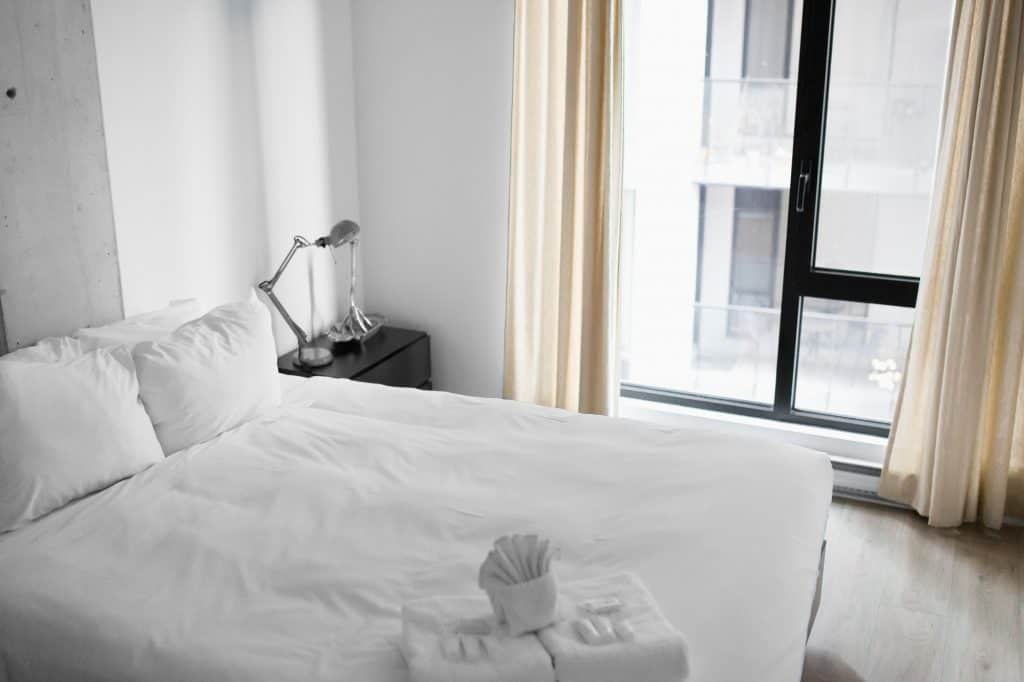Increasing occupancy is one of the top goals of most property managers.
Actively managing rates and optimising listings can do most of the heavy lifting in this regard, but filling gaps in the calendar can sometimes be a struggle.
Wondering what your length-of-stay mix and other demand patterns look like? Download The Price Labs free Excel tool at https://pricelabs.co/booking_analyzer
Single vacant days on the weekend, short bookings in the high season that block your calendar for more extended stays, and gaps between reservations all add up to decrease your occupancy and leave money on the table.
What if there was a way to decrease gaps in the first place, and make sure gaps that do arise get booked?
That’s where dynamic minimum stays come into play.
Where minimum stays have long been thought of as static values, setting different minimum stays based on the day of the week, how far out booking is, and seasonality can drastically increase your occupancy.
Limiting Gaps
- Set more extended minimum stays for further out and high demand periods
By restricting guests to an only booking, longer stays further out, and during high demand periods, you can fill your calendar with a solid base of longer reservations before gradually opening up your schedule to shorter stays to fill in the gaps. Not only will decreasing guest turnover leave fewer gaps, but it will also reduce strain on your operations team.
These more extended stay requirements should not restrict your typical bookings, as shorter stays typically have a more last-minute booking window than more extended stays.
You can incentivise longer bookings by offering a small discount of 10-15% to anyone booking stays of a week or more to make your property stand out to those planning more extended trips.
- Set more extended minimum stays for weekends
Nothing kills revenue quite like someone booking a single weekend date. Not only does this often result in a vacancy as most weekend travellers looking to book the entire weekend, but the vacancy coincides with the highest-earning days of the week!
By setting a minimum stay of three nights for your weekends, you can ensure the entire weekend gets booked. You can always decrease your weekend minimum stay a week before the booking date to entice last-minute travellers if no one bites.
Filling Gaps
While the above tips will help limit gaps in your calendar, gaps between bookings are still inevitable. Luckily, these gaps can even be filled!
- Decrease minimum stays for gaps
By decreasing your minimum stay to the length of the gap and providing small discounts to entice guests to book those specific date ranges, full occupancy can still be achieved.
We have had the most success providing a 20% discount for all of our gaps that are two nights or smaller when trying to increase occupancy. More significant discounts will increase your chance of getting booked, but be wary of locals trying to schedule an inexpensive short stay as a place to party.
- Decrease minimum stays for last-minute bookings
When the booking date is approaching, all that matters is getting your listing filled. Travellers looking to book last-minute typically only need the space for a night or two. Decreasing your minimum stay and providing a small last-minute discount can make the difference between getting a booking and sitting vacant.
Implementing Dynamic Minimum Stay Strategies
While the strategies mentioned above can be useful in reducing vacancies, achieving them manually and keeping them up to date can be extremely time consuming and costly.
Luckily there is an automated solution!
PriceLabs is a dynamic pricing tool that lets you automatically implement dynamic minimum stay strategies for your entire portfolio and send them directly to your PMS or Airbnb listings.
Set longer minimum stays for weekends, increase or decrease minimum stays for far out and last minute bookings, automatically adjust the minimum stays for all gaps in your calendar and set minimums by season for all of your properties in bulk.
Here’s what a typical dynamic minimum stay strategy can look like; easily implementable with PriceLabs:
Wondering what your length-of-stay mix and other demand patterns look like? Download our free Excel tool at https://pricelabs.co/booking_analyzer
This is a guest post from Price Labs.


